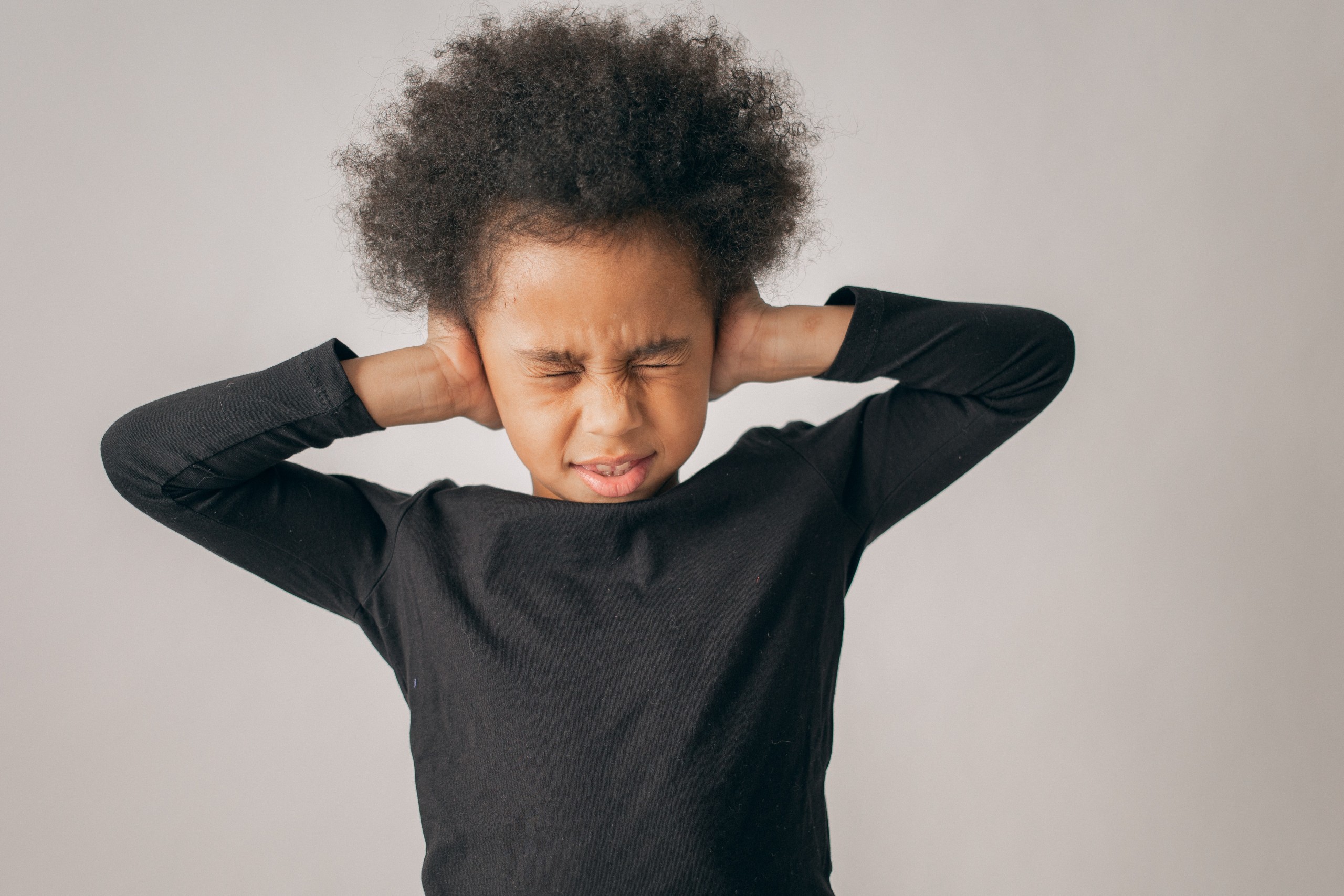Children diagnosed with Autism Spectrum Disorder (ASD) can often exhibit sensory issues such as hyper- or hypo-sensitivity to various stimuli. As many as 70% to 96% of those diagnosed with autism can display signs of sensory dysfunction. In 2013, the American Psychiatric Association added sensory sensitivity to a list of symptoms that help diagnose ASD. Much like symptoms of autism, sensory dysfunction can vary widely. Children can quickly become overwhelmed and manifest their anxiety in disruptive behaviors. Those with sensory issues can have both hyper and hypo-sensitivity across multiple senses, or even the same sense at times.
Both types of sensory sensitivity affect how a child with autism processes and reacts to various stimuli. Some children may underrespond to stimuli and have low sensitivity to pain, which can cause them to rub their arms or legs, wear tight clothing or look for things to touch and taste. Others might recoil at loud sounds or bright lights.
To determine the best therapy solutions for your child, you should ask, “Is it a sensory issue that is causing a behavioral response?” The first step is to observe your child’s behaviors and what leads to the reactions. Is there a loud noise before your child acts out? Does your child seek sensory experiences by taste and touch? These responses could be signs of hyper- or hypo-sensitivity. Since sensory dysfunction can cause added stress and anxiety, therapy is beneficial for mitigating responses and easing a child’s fears.
A few therapy solutions can help your child and your family work through sensory dysfunction. Applied Behavioral Analysis (ABA) Therapy is a scientific, evidence-based treatment that uses positive reinforcement, data analysis, visual supports and parent and caregiver involvement. Board Certified Behavior Analysts (BCBAs) can provide sensory mitigation techniques through sensory integration therapy and may work collaboratively with occupational and speech therapists. Occupational therapy uses physical activities and strategies to guide children gradually through processing the sensory stimuli they encounter in their environment. Speech therapy can help with sensory-rich or sensory-reducing activities depending on the child’s specific needs. Cognitive behavioral therapy uses gradual introduction to sensory stimuli to increase a child’s tolerance as time progresses.
The best way to determine the most appropriate therapy for your child is to seek an assessment with an autism service provider. During the evaluation, a therapist can test your child’s sensory sensitivities and help work with you to find the best course of treatment.
In the meantime, you can also engage your child with sensory toys, such as sensory mats, putty, sand, slime, squeezy balls, fidget spinners and more. A quick internet search for sensory toys for autism can provide many options.
Angela West, M.S., BCBA, LBA, founder and chief clinical officer of Behavioral Framework, is board-certified and licensed as a behavior analyst in Virginia and Maryland. With more than 15 years of mental health and ABA experience, West has diverse programming and behavior management knowledge. West has a long history of developing and expanding ABA programs in Maryland and Northern Virginia.
This story originally ran in Baltimore’s Child.







